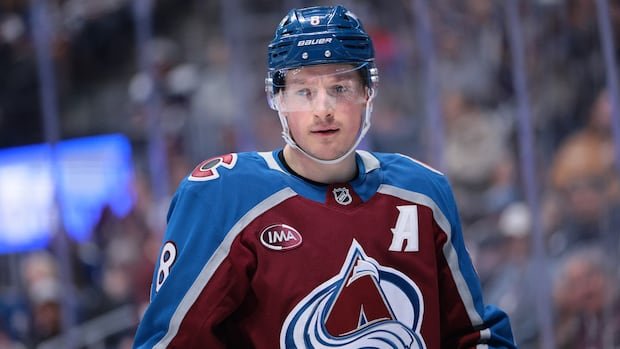Cale Makar finds it challenging to navigate the current college hockey environment, which has seen significant changes in the past five years since he transitioned from UMass to the NHL with the Colorado Avalanche.
The recent developments, including the introduction of name, image, and likeness (NIL) opportunities and the NCAA lifting its ban on Canadian Hockey League (CHL) players, have caught Makar’s attention. There has been a notable influx of players committing to Division I programs during this off-season, culminating in Gavin McKenna, a highly touted prospect for the 2026 NHL draft, choosing Penn State.
Expressing his relief at being removed from the chaos, Makar, like many Canadian players, ventured south to pursue his hockey career. As a two-time Norris Trophy recipient and former MVP of college hockey in 2019, Makar left his hometown of Calgary to play for the Minutemen.
The landscape shift between the CHL and NCAA has altered the decision-making process for players, allowing them more flexibility in choosing between the two leagues. This change has raised questions and uncertainties about the future dynamics between the CHL and NCAA.
The surge of CHL talent entering college hockey is expected to raise the sport’s standards to unprecedented levels. Coaches anticipate that these players will enhance team rosters, potentially displacing previous role players.
With nearly 325 CHL players committing to U.S. colleges, the CHL leagues now have access to a new pool of talent from the USHL and Junior A programs to bolster their teams.
The evolving scenario has prompted discussions on whether the NCAA will surpass the CHL as the primary talent pipeline for the NHL. Some believe that college hockey is gaining an edge in producing NHL prospects, with a projected increase in the number of players transitioning from college to the NHL.
Amid these changes, prospects now have the opportunity to combine experiences in the CHL or USHL before deciding on pursuing further development in college. This hybrid approach benefits both players and NHL teams by providing more time for evaluation and development.
The integration of CHL players into college hockey is reshaping the landscape and presenting new possibilities for aspiring players, coaches, and leagues. The future may see a harmonious relationship between the CHL and NCAA, ultimately benefiting the growth and development of hockey talent across various platforms.

